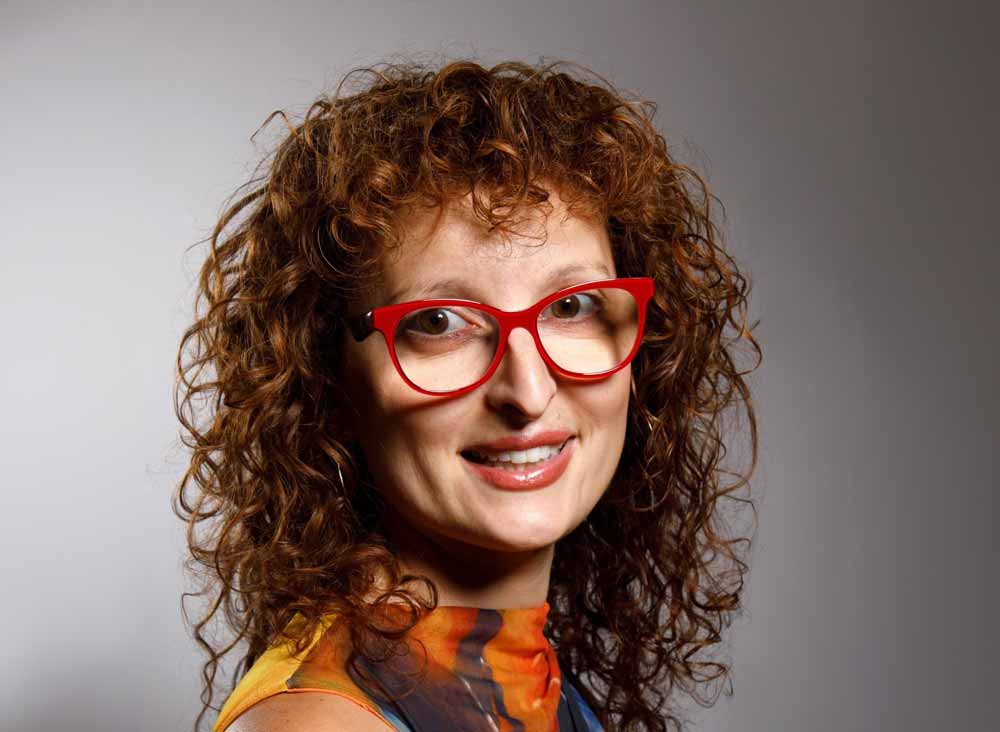16/10/2023
The Planet and its Messiness
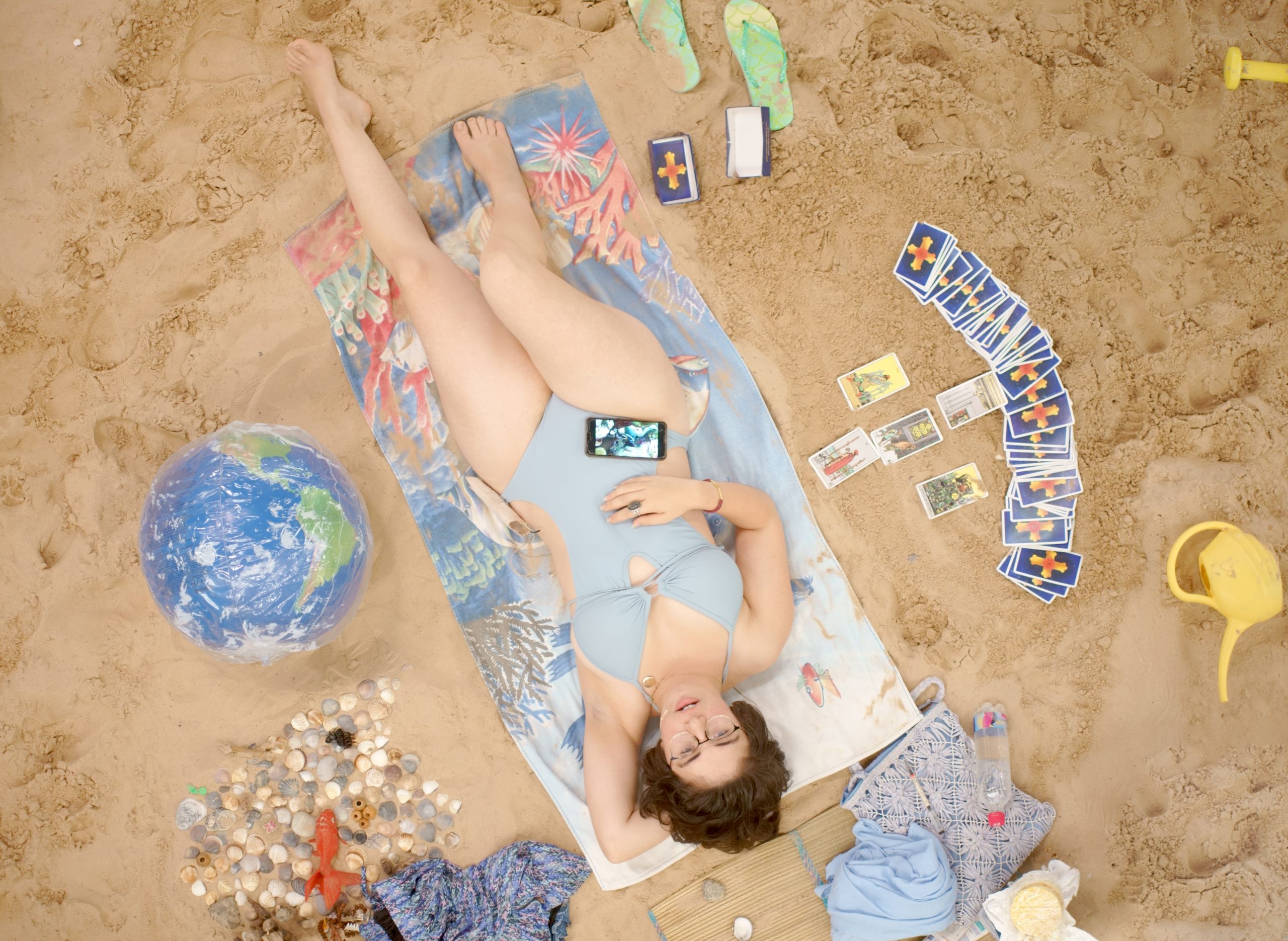
Sun & Sea (Marina), opera-performance by Rugile Barzdziukaite, Vaiva Grainyte, Lina Lapelyte at Biennale Arte 2019, Venice. Photograph by Martynas Norvaisas.
An interview with Lucia Pietroiusti by Anna Nagele
Lucia Pietroiusti is a curator working at the intersection of art, ecology and systems. As a curator, she repeatedly stages the natural world as an agent alongside human-made artefacts and people’s lives. For example the people on summer holidays on an artificial beach in the opera-performance Sun & Sea (Marina) by Rugile Barzdziukaite, Vaiva Grainyte and Lina Lapelyte, which she curated for the Lithuanian Pavilion at the 58th International Art Exhibition La Biennale di Venezia; the Biennale Gherdëina (co-curated with Filipa Ramos) where the setting itself, the natural richness of the area, was deeply entrenched in the exhibition; or the exploration of consciousness across life forms in the series The Shape of a Circle in the Mind of a Fish.
Anna Nagele
I have followed your work over the past few years and see it regularly situated in more rural places, in various countries and away from London. Can you tell us about your methodologies when it comes to engaging with local ecologies?
Lucia Pietroiusti
Virtue from necessity, perhaps. Before the General Ecology project at Serpentine, I worked as Curator of Public Programmes. Serpentine doesn’t have an auditorium per se, so by the time it came to programme the General Ecology project’s activities, we had already established a vast network of partner venues and organisations throughout London where we would hold many of our live events. Later, thinking through and with this fact as part of General Ecology, many different ecologies came to the fore that would inform our decisions: what the concept asks of us, what the audience experience may be, how to be mindful of resources (for example, using already-existing technical set-ups in partner venues, over building things from scratch), and so forth.
This has always encouraged me, both at Serpentine and outside, to think of programming and artmaking as an incredibly distributed activity. One that belongs to the planet and its messiness, rather than extricating itself from it. Many programmes since then have taken this idea to heart. We can think of Back to Earth, which is a long-term Serpentine project of artist-led environmental initiatives, and which takes place in as many locations as there are commitments, frontlines and spaces that the artists choose to focus on. In parallel, the opera-performance Sun & Sea has transformed as it has travelled through its international tour, taking account of local issues around climate breakdown and climate justice – and trying to subtly embed those concerns into the fabric of the piece, as well as its scenographic choices.
AN And how do you make sure to leave some positive changes in those places in return?
LP There are some concrete examples I can mention. With Sun & Sea in Venice, we worked with the designers Åbäke for the conception of the vinyl and catalogue, which was screenprinted by the local screenprinting co-operative run by the inmates of the male prison of the city. The sand from the stage also ended up forming new sandboxes in playgrounds throughout the peripheral areas of Venice. Many of the Back to Earth projects try to take a strategic view to support local, on-site activities in different ways, from skill sharing, to public awareness, to actual material support of different sorts – but it tries to do this in as much of a ‘soft’ way as possible – for example, through the ‘trojan horse’ of an art commission. The collaboration between WePresent and Back to Earth directed funds to NGOs and charities directly nominated by the artists involved. Of course this isn’t always possible; but we do work very hard with every artist we involve, to make sure we aim towards positive change, repair and renewal, in addition to the simple reduction of harm.
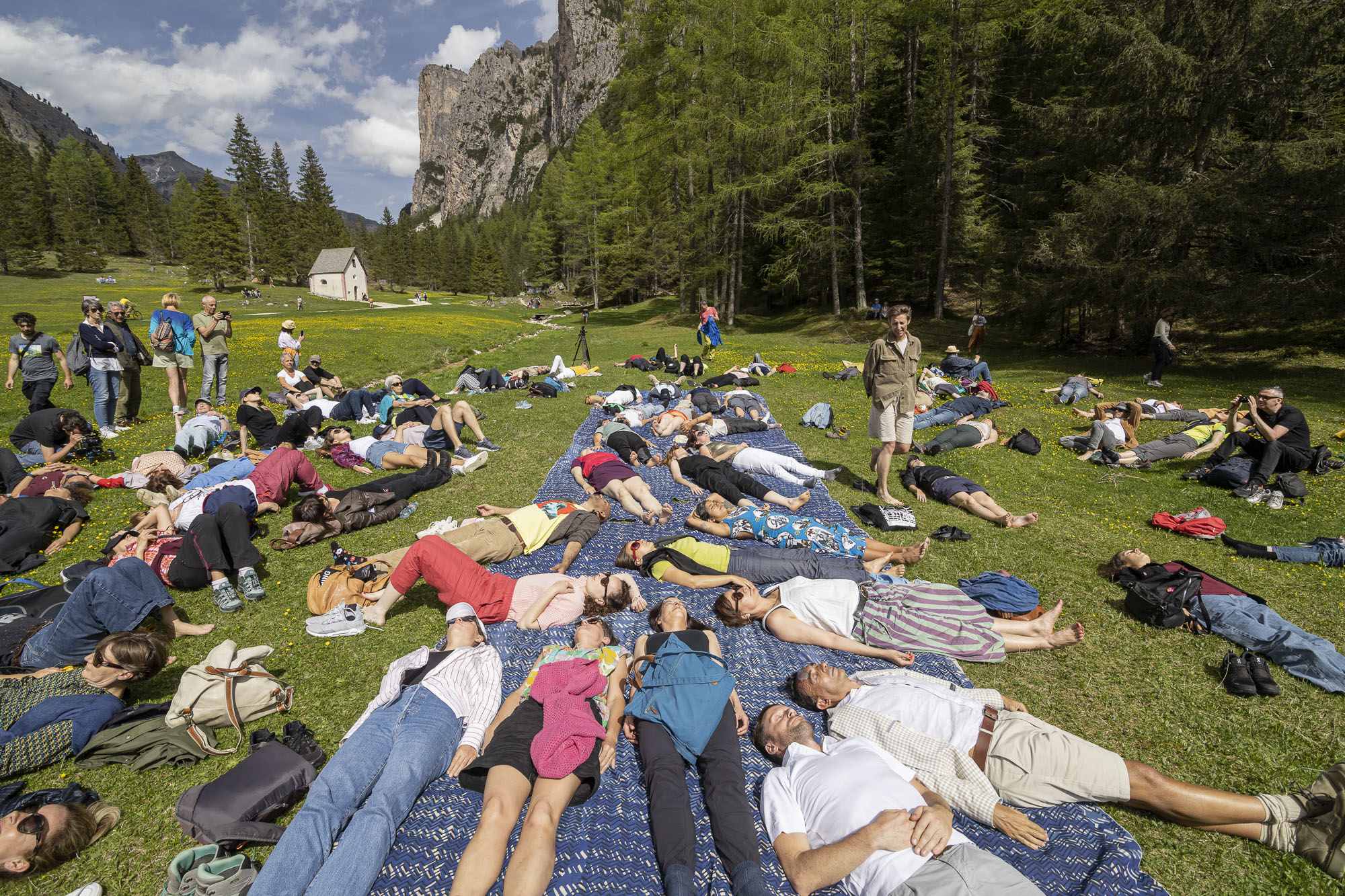
Barbara Gamper, Somatic encounters – earthly matter(s). You Mountain, You River, You Tree, 2022. Performance at Vallunga, Selva Gardena. Commissioned by Biennale Gherdëina ∞. Photograph by Tiberio Sorvillo.
AN What role do natural rhythms and patterns of seasons, migration etc. play in your work as a curator?
LP There are as many answers to that question as they are artistic practices, I’d say! Thinking alongside spatial practitioners Cooking Sections and their project CLIMAVORE, we could reflect on how climate disruption brings about the upsetting of the rhythms of seasons, anywhere on the planet really – and then work on how to eat and produce food in such a way that it not only adapts to these disrupted rhythms, but also contributes positively to ecosystem health.
If we think of the historical connections between ecological and systems thinking, we can reconceive curatorial, institutional or programming structures following principles of biomimicry – how could a museum’s programming borrow from permaculture principles, for examples. Or could an organisation function more like a forest – and so forth.
As a curator, I focus mostly on sensing these possibilities, drawing out these questions, and then testing them out or surfacing them in a more public context. I’m interested in the way we aren’t just ‘doing ecology’ some hours of the day, but how we actually are on this planet every second of every day – so how to dissolve the boundaries that separate things out (disciplines, institutions and organisations, working selves, loving selves and grieving selves)? We are all selves of many selves, belonging to a world of many worlds (to borrow the expression from Marisol de la Cadena and Mario Blaser’s excellent book [footnote: de la Cadena, M. & Blaser, M. (2018) A World of Many Worlds. Duke University Press.]).
AN As I am working and researching in the area of human-computer-interaction and I see a shift in the field as we are facing huge social and ecological crises. Human-centredness in design and development is called into question, since the negative effects of human exceptionalism that has shaped the past centuries in Western traditions become visible. These changes are slow and emergent, and I think we can learn from engaging with art. How can or do art and art institutions critically engage with those planetary challenges? How can they play an active role in the dilution of nature-culture divides?
LP Crucial to your description of human exceptionalism is of course the notion that anthropocentrism as a concept never referred to centering the experience of all humans (as a species) – and in fact has been quite violent about policing the borders of who – and who did not – made it into that ‘anthropos’ category. So the more-than-human project, I think, is a project that has many aspects of it that are in alignment with human projects; projects founded in principles of justice, anti-extractivism, and the rights of lives, livelihoods and landscapes being always intertwined and interdependent. But are we anywhere near a true paradigm shift? I’m not so sure. Oddly it seems to be happening faster when we think about the technological more-than-human being (AI, and so forth), than with our environmental, more-than-human mothers. This brings with it enormous challenges given who currently holds power and influence in the advanced technology fields, and what the impact of these fields are on planetary resources. But it’s not about trees versus computers. It’s about how we can develop new ways of experiencing which may shed new light on the present – and perhaps from those perspectives come new possibilities. What do artists, and art organisations, do with all this? We try things out. We propose things. We take leaps of imagination. Messages in bottles, in the vast ocean that is the present.
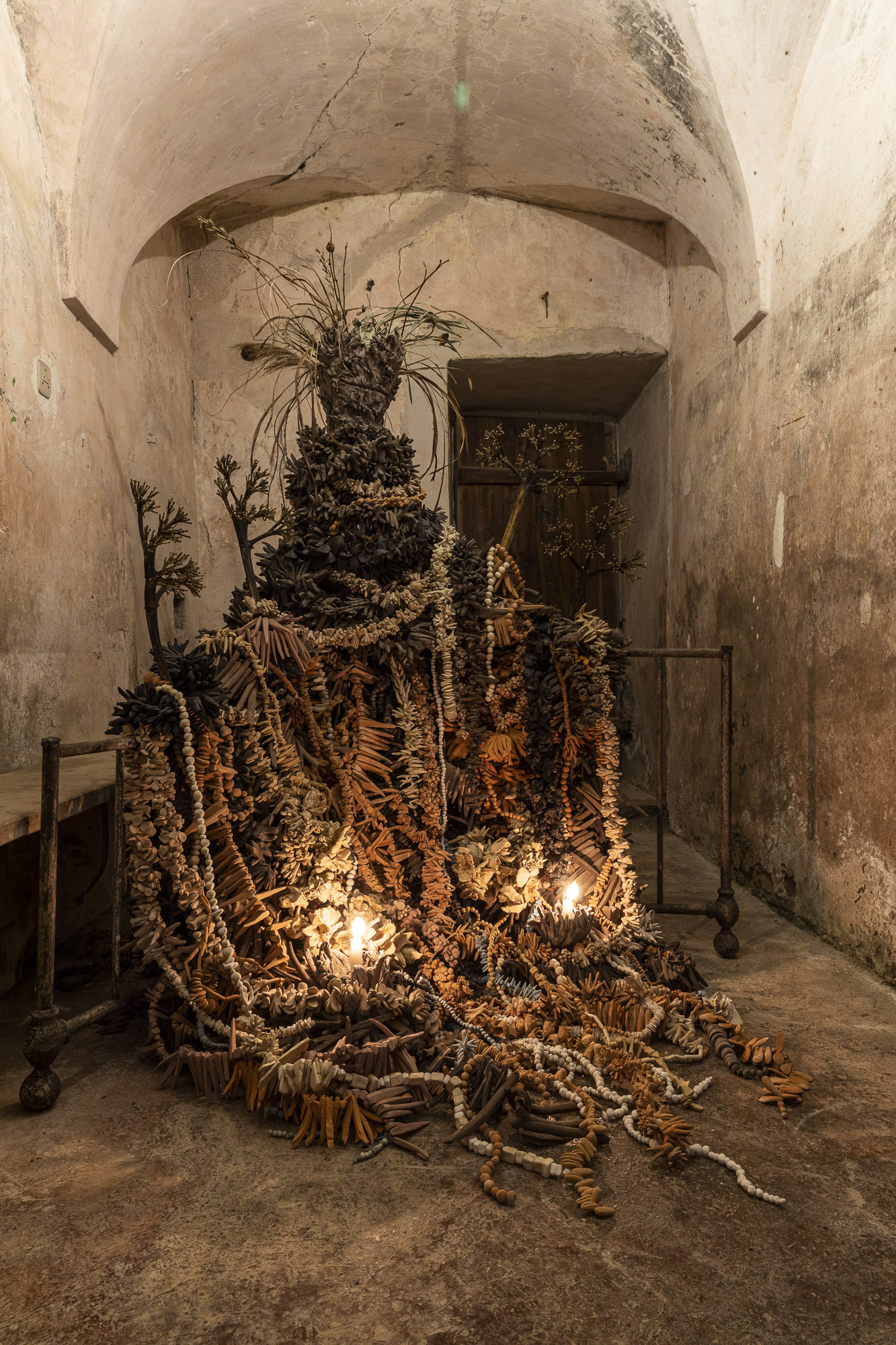
Chiara Camoni, Sister, 2022. View at Castel Gardena, Selva Gardena. Commissioned by Biennale Gherdëina ∞. Photograph by Tiberio Sorvillo.
AN For me, Donna Haraway and her take on cyborgs was my first contact with ideas around non-human agency and the social role of technology. It shifted my perspective from developing devices to serve humans to recognising them as social agents in their own rights – and all the implications this holds. Starting from this I thought more about entanglements and mutual vulnerabilities of all life on Earth, which are such powerful and important ideas to keep in mind when making things.
Where does your interest in the more-than-human world come from?
LP There are many ‘origin stories’ about this. On the one hand it stems from a deep engagement with – and intellectual fulfilment found through – the disciplines of theology, anthropology and feminist STS (Science and Technology Studies, ed.), developed while working alongside my dear friend and colleague Filipa Ramos, whose research harbours a deep commitment to animals and animal cognition. Our research paths merge and diverge – for example, I got ‘stuck’ on plant consciousness and intelligence at a certain point, and still feel quite committed to that whole area of research. Together with other esteemed colleagues, Andrés Jaque and Marina Otero Verzier, we then compiled a reader, More-than-Human, which was published in 2020.
While a commitment and professional engagement with environmental questions dates as far back as the 2014 festival, Extinction Marathon, that we co-curated with Serpentine’s Artistic Director Hans Ulrich Obrist and artist Gustav Metzger, questions around more-than-human consciousness and paradigms really emerged on an emotional level from the experience of having a baby, actually. Babies are, of course, human, but they behave very much like more-than-human beings! So it’s easy, when one is holding a tiny creature like that, to appreciate that even without spoken language, one can experience responsibility, care, love and communication. This is just an example.
AN You play a really important role at steering culture towards greater care for each other – human or non-human. Are there any positive changes in the wider culture that you pick up on?
LP I’m not sure that I do play that role, in honesty. More than anything, I find my role to be more akin to sensing, then playing– feeling through what is already there, making shapes with it – rather than steering. But in terms of wishes, yes there are many. If we could all hold a more systemic view of things; and hold a gentle but determined commitment to questions around balance, justice and “obligations” (in Elizabeth Povinelli’s words), I think we’d get less stuck in the ‘noise’ of meaningless ‘green’ statements and start to see beyond the immediate reality an ocean of possibility. I am giving the same advice to myself of course. I’m as much in the mess of it all as anyone else.
AN Finally, what are you working on at the moment?
LP This year, I really just want to focus on books. In part, this stems from a desire to slow down the pace of work, see if new thoughts, new perspectives, can emerge from just shifting the rhythm of work a little. On the other hand, I also feel like we’ve done and presented so much, with General Ecology for example, that it is time to put a little bit of the methodologies down on paper, to share some of its processes and not only the results. So Filipa and I are working on a really large book that brings together insights from the five festivals – to date – of The Shape of a Circle in the Mind of a Fish that we’ve worked on thus far. Separately, I am working on a series of little publications, called Handbooks of General Ecology, which will try to gather methodologies, advice and learnings from the last five years of the project. I hope these little booklets will be a little bit useful, a little bit poetic, and a little bit crazy. Just a pinch of each!
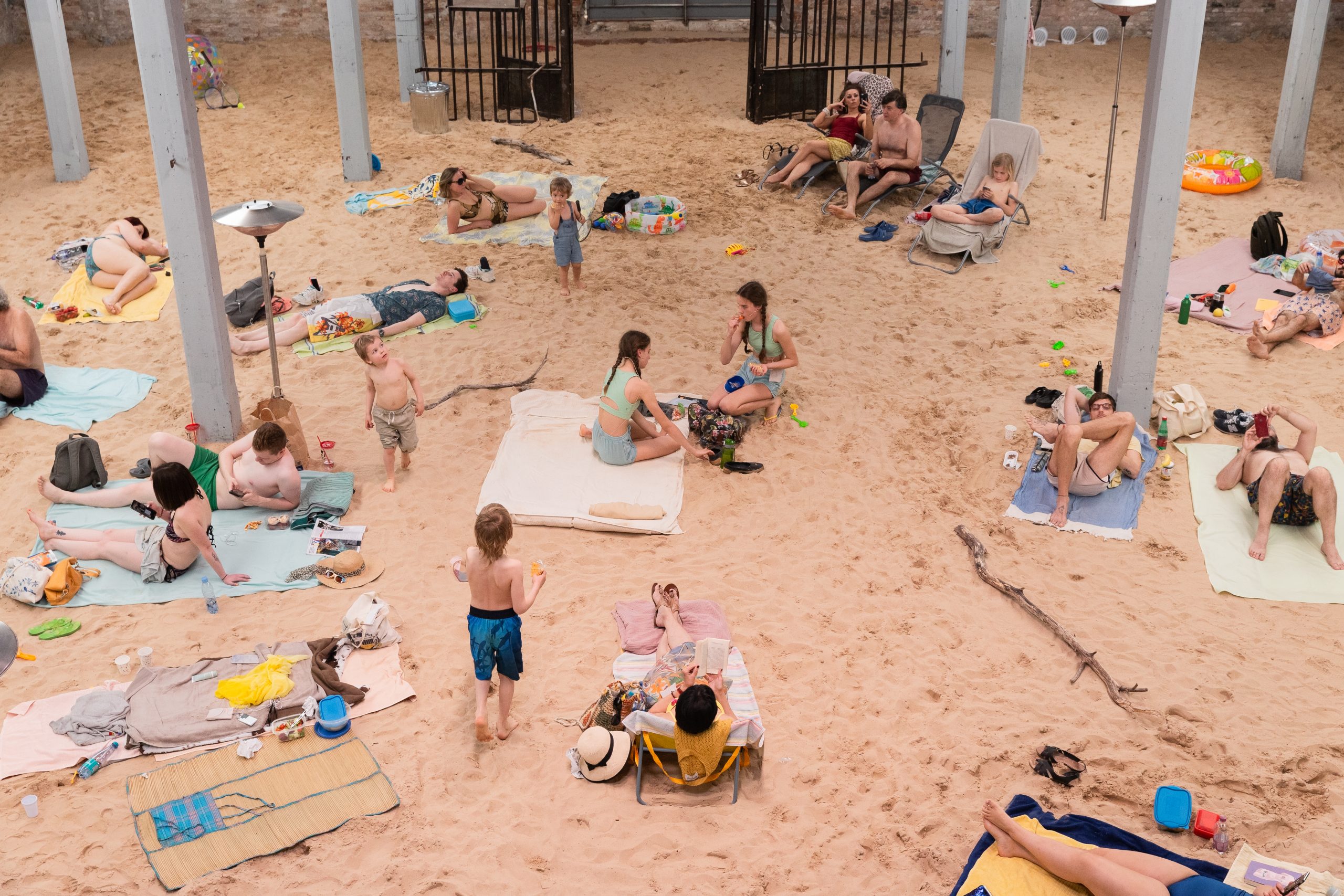
Hylozoic Desires (Himali Singh Soin and David Soin Tappeser), an omniscience, 2022. Performance at Vallunga, Selva Gardena. Commissioned by Biennale Gherdëina ∞. Photograph by Tiberio Sorvillo.
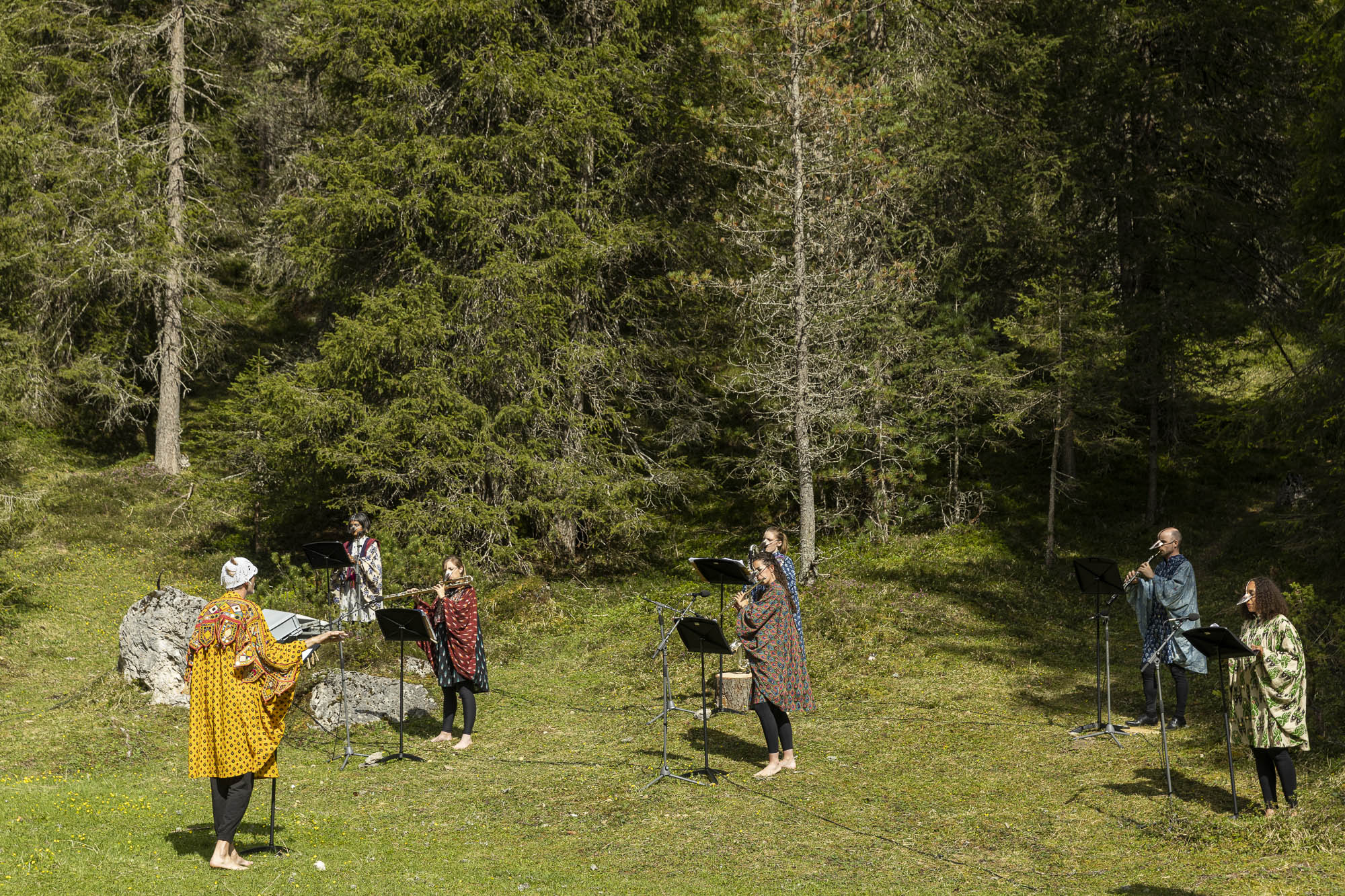
Sun & Sea (Marina), opera-performance by Rugile Barzdziukaite, Vaiva Grainyte, Lina Lapelyte at Biennale Arte 2019, Venice. Photograph by Andrej Vasilenko.
Fußnoten
Your Comments
Explore more
